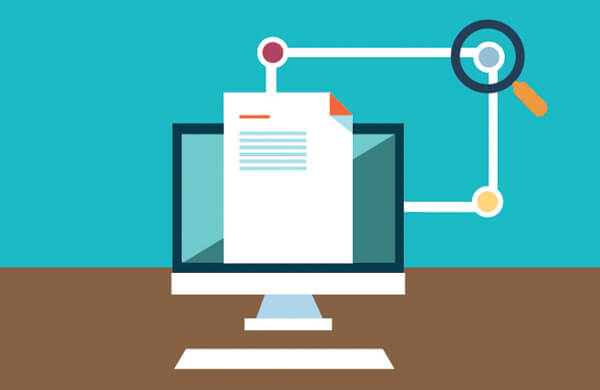Your studying process is both intense and exciting, and your educators do their best to teach you skills you’ll need in future. There are a lot of things you should learn by yourself before graduation because they are going to be helpful in studying and at work.
Plagiarism is one of these things. You should definitely learn what it is and how to use a plagiarism online detector to ensure you properly cite internet sources. You can also get to know how to scan with online plagiarism checker.
“Must-have” citing information from online sources with printed equivalents

In order to double-check whether you cited all sources accurately, make use of the list below. These are some points every source should contain:
- Author/compiler
- Year/date of article/book/etc.
- Title
- Website name
- Media type
- Publisher or sponsor
- Medium of publication
- Date of access
If required, you may include some more optional details into your reference list: nickname/pen name, issue number, web page name, web page number, time of posting, version number, the name of the database, etc.
Please note that mentioning the URL is not a must, as it can change or vanish into thin air at any moment. You can easily find the materials by their title or author. In any case, a web address can be added as an option. If you mention a URL, such details as publisher, a medium of publication, and the city might not be stated. Also, use “n.p.” if no publisher name is available and “n.d.” if no publishing date is given.
Thanks to these citing tips, an anti-plagiarism checker fails to find any similarities:
When you quote the e-version of a republished book, follow this pattern:
Author (year). Title. City. Retrieved from URL
Example:
Polette, N. J. (2000). Gifted books, gifted readers: Literature activities to excite young minds. Retrieved from https://books.google.com/books
When you quote an article in an online scholarly journal, which also has a print edition, follow this pattern:
Author. “Title.” The medium of publication. Date of access.
Example:
Wheelis, Mark. “Investigating Disease Outbreaks Under a Protocol to the Biological and Toxin Weapons Convention.” Emerging Infectious Diseases 6.6 (2000): 595-600. Web. 8 Feb. 2009.
When you quote an e-book, follow this pattern:
Author (year). Title. City. Library name. Retrieved from URL
Example:
Polette, N. J. (2000). Gifted books, gifted readers: Literature activities to excite young minds. Englewood, Co: Libraries Unlimited. Retrieved from http://www.netLibrary.com
When you quote an online full-text dissertation, follow this pattern:
Author (year). Title. Available from dissertation database name(number in database)
Example:
Branch, J. L. (2000). Information-seeking processes of junior high students: A case study of CD-ROM encyclopedia use (Doctoral dissertation). Available from ProQuest Digital Dissertations (AAT NQ59566)
When you quote an online encyclopedia, follow this pattern:
Author. Encyclopedia name. Retrieved from URL
Example:
Adamski, B. K. (n.d.). Lacrosse. In Canadian Encyclopedia Online. Retrieved from http://www.thecanadianencyclopedia.com/index.cfm?PgNm=TCE&Params=A1SEC888940
Recommendations are based on APA Style and MLA Style citation of electronic resources.





